Dairy Farming

Precision Dairy Farming: Revolutionizing Dairy Operations
Precision dairy farming (PDF) is transforming traditional dairy farming practices through the integration of advanced technologies and data analytics. This innovative approach enhances decision-making, improves efficiency, and promotes animal welfare. By leveraging sensors, automation, and artificial intelligence (AI), dairy farmers can optimize various aspects of their operations, from health monitoring to reproductive management, feeding, and milking processes.
Key Components of Precision Dairy Farming
1. Health Monitoring
PDF systems enable continuous health monitoring of individual cows by analyzing vital parameters such as:
- Body Temperature: Detects fever or illness early.
- Activity Levels: Monitors movement patterns to identify health issues.
- Rumination Patterns: Assesses digestive health.
- Milk Composition: Analyzes milk for signs of mastitis or other health concerns.
These technologies facilitate proactive health management, allowing farmers to intervene before clinical symptoms become apparent, leading to better animal welfare and productivity.
2. Reproductive Management
Precision dairy farming significantly enhances reproductive management through:
- Estrus Cycle Tracking: Monitors and predicts optimal breeding times.
- Artificial Insemination (AI) Optimization: Increases success rates by timing insemination accurately.
- Pregnancy Management: Improves tracking of gestation periods and health.
By utilizing data analytics, farmers can make informed decisions regarding breeding, ultimately improving herd genetics and milk production.
3. Feeding and Nutrition
AI-driven feed management systems are crucial in ensuring that each cow receives a tailored diet based on:
- Milk Production Levels: Adjusts feed rations according to output.
- Body Condition: Considers the physical state of the cow.
- Nutritional Needs: Ensures balanced intake of essential nutrients.
This personalized approach to feeding not only optimizes milk production but also supports overall cow health.
4. Milking Automation
Automated milking systems (AMS) are a cornerstone of precision dairy farming. These systems:
- Identify Individual Cows: Ensures accurate tracking of milk yield and quality.
- Monitor Milking Process: Reduces the need for human intervention, allowing for more efficient operations.
- Enhance Milk Quality: Continuous monitoring helps maintain high standards.
The Role of AI in Livestock Farming
Artificial Intelligence plays a pivotal role in enhancing livestock farming practices. Key applications include:
1. Predictive Analytics
AI can forecast critical events such as disease outbreaks or optimal breeding times by analyzing historical and real-time data. This capability allows farmers to implement preventive measures, improving herd health and productivity.
2. Automation
AI-powered automation reduces labor-intensive tasks through:
- Robotic Milkers: Streamlines the milking process.
- Automated Feeding Systems: Ensures timely and accurate feed distribution.
- Sorting Gates: Facilitates efficient movement of cattle.
These advancements not only save time but also enhance operational efficiency.
3. Genetic Improvement
AI aids in genetic selection by identifying superior breeding candidates based on genetic markers and performance data. This targeted approach enhances herd genetics, leading to improved milk production and disease resistance.
4. Environmental Monitoring
AI technologies can monitor environmental conditions within livestock facilities, including temperature, humidity, and air quality. Maintaining optimal conditions is crucial for animal welfare and productivity.
Transportation of Dairy Cattle
Transporting dairy cattle requires careful planning and execution to ensure animal welfare. Key considerations include:
General Pre-Transport Preparations
- Selection of Healthy Animals: Only fit animals should be transported.
- Loading Facilities: Ensure ramps and facilities are safe for animals and handlers.
- Identification and Documentation: Prepare necessary health certificates and transport permits.
- Vehicle Inspection: Ensure transport vehicles are clean, well-ventilated, and in good condition.
Transportation by Road
- Vehicle Design: Use vehicles specifically designed for cattle transport.
- Loading Density: Avoid overcrowding; ensure animals have enough space.
- Handling: Employ calm handlers to minimize stress during loading and unloading.
- Ventilation: Ensure proper airflow, especially in hot weather.
- Rest Stops: Plan breaks for water, feed, and rest during long journeys.
Transportation by Rail
- Compartment Design: Ensure railcars have adequate space and ventilation.
- Loading and Unloading: Train personnel to handle cattle properly.
- Feed and Water Access: Provide nourishment during longer journeys.
- Monitoring: Assign personnel to check on the animals throughout the trip.
Quarantine Measures for Newly Purchased Animals
To prevent disease introduction into the herd, newly purchased animals should undergo quarantine. Key measures include:
- Isolation Facility: Establish a separate area for quarantined animals.
- Duration of Quarantine: Typically lasts at least 21 days, depending on disease risks.
- Health Assessment: Conduct thorough health checks upon arrival.
- Biosecurity Measures: Implement strict protocols to prevent disease transmission.
- End of Quarantine: Gradually integrate healthy animals into the main herd.
Developing Practical and Economic Rations
Creating balanced rations is essential for optimal dairy cattle nutrition. Key steps include:
- Understanding Nutritional Requirements: Recognize the needs based on age, weight, and lactation stage.
- Distinguishing Maintenance and Production Needs: Separate rations to meet basic life-sustaining needs and production goals.
- Balancing Dry Matter Consumption: Ensure adequate dry matter intake for digestive health.
- Addressing Protein Requirements: Focus on essential amino acids and digestible protein.
- Providing Sufficient Energy: Meet energy needs through digestible energy sources.
- Including Minerals and Vitamins: Ensure overall health through essential nutrients.
- Appetite and Dry Matter Content: Base rations on expected dry matter intake.
- Balanced Ration Composition: Typically, a ration should consist of ⅓ concentrates and 2/3 roughages.
Indigenous Breeds of Milch Cattle
Several indigenous breeds of milch cattle are well-suited to specific habitats and possess unique characteristics:
1. Gir Cattle
- Habitat: Originates from the Gir forest region in Gujarat, India.
- Characteristics: Medium to large size, red-brown coat, strong legs, excellent milk producers with high fat content, hardy, and disease-resistant.
2. Red Sindhi
- Habitat: Native to the Sindh region of Pakistan.
- Characteristics: Medium size, red to dark red coat, known for good milk production and resilience to heat.
3. Sahiwal
- Habitat: Originates from Punjab, Pakistan.
- Characteristics: Reddish-brown coat, medium size, high-quality milk production, heat tolerant.
4. Tharparkar
- Habitat: Native to the Thar Desert region of Rajasthan, India.
- Characteristics: White or light gray color, medium size, hardy, good milk production capabilities.
5. Hallikar
- Habitat: Found in southern Karnataka, India.
- Characteristics: Gray coat, medium to large size, valued for draught power.
6. Kankrej
- Habitat: Originates from the Kankrej region of Gujarat.
- Characteristics: Large size, silver to gray coat, used for draught and milk production.
Conclusion
Precision dairy farming represents a significant advancement in dairy management, combining technology and data analytics to enhance productivity, animal welfare, and operational efficiency. By adopting these innovative practices, dairy farmers can optimize their operations, ensuring the health of their livestock and the sustainability of their farms.
For more pearls of Vets Wisdom:

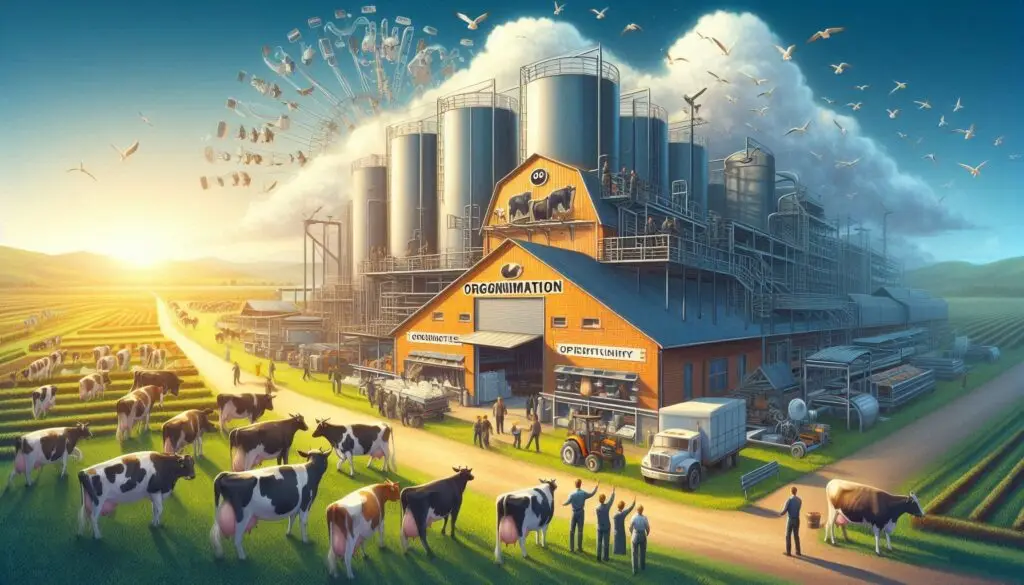
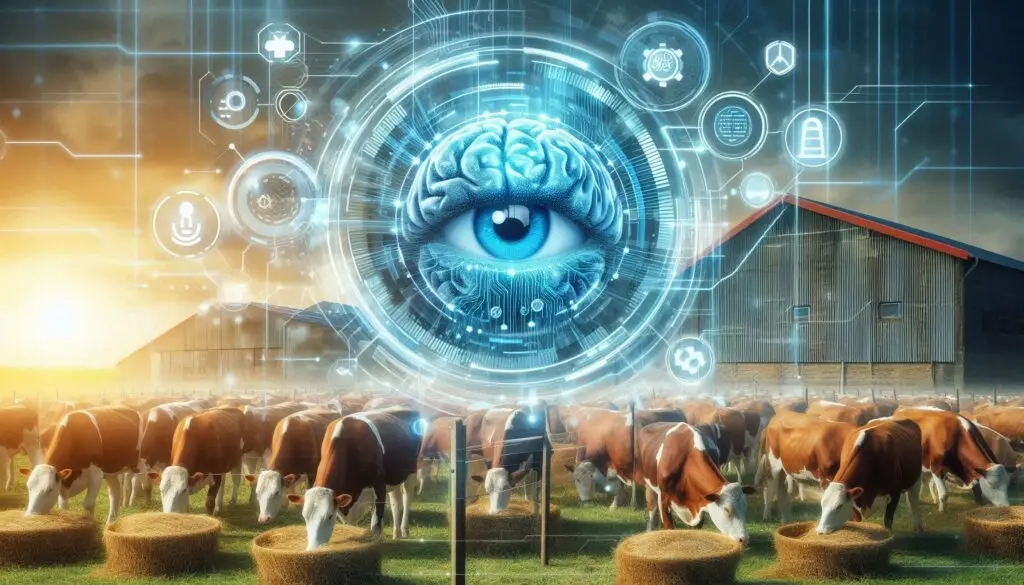
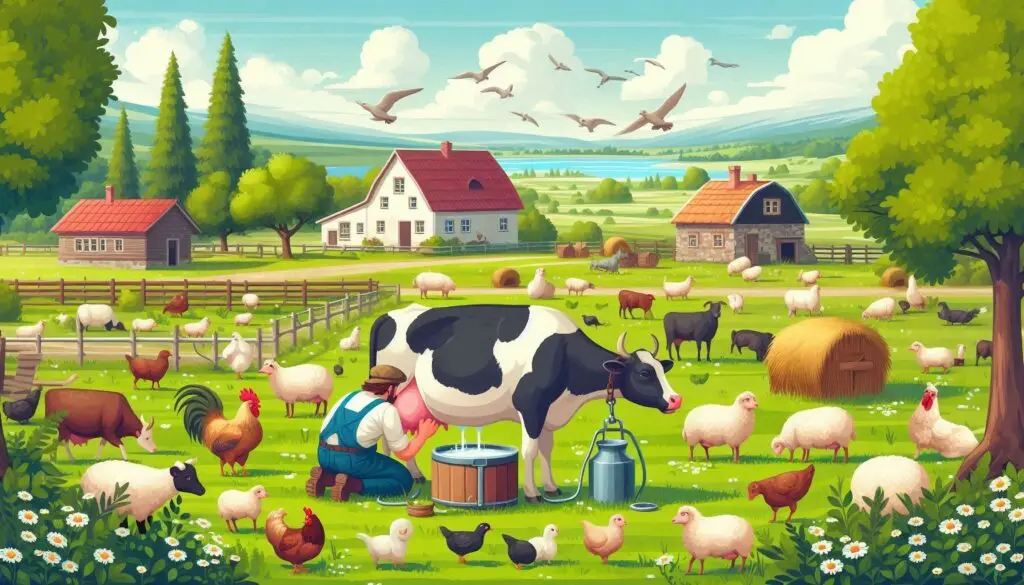
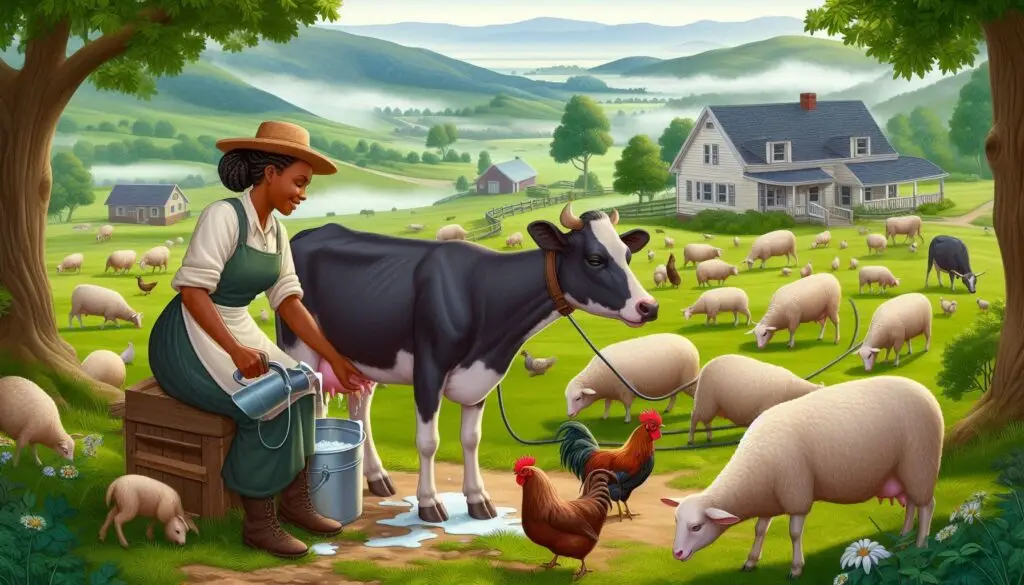
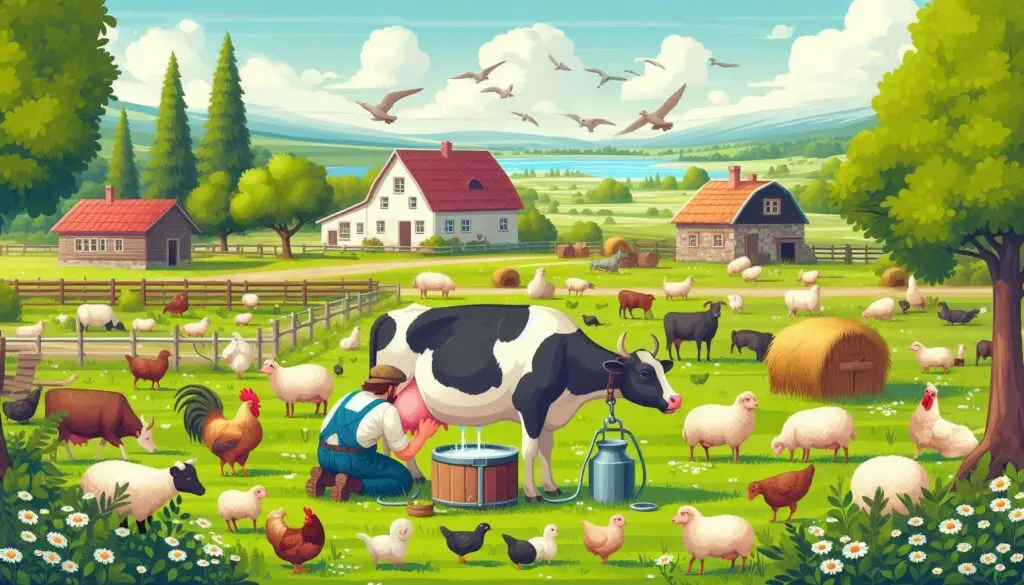
Responses